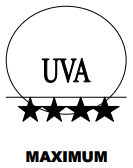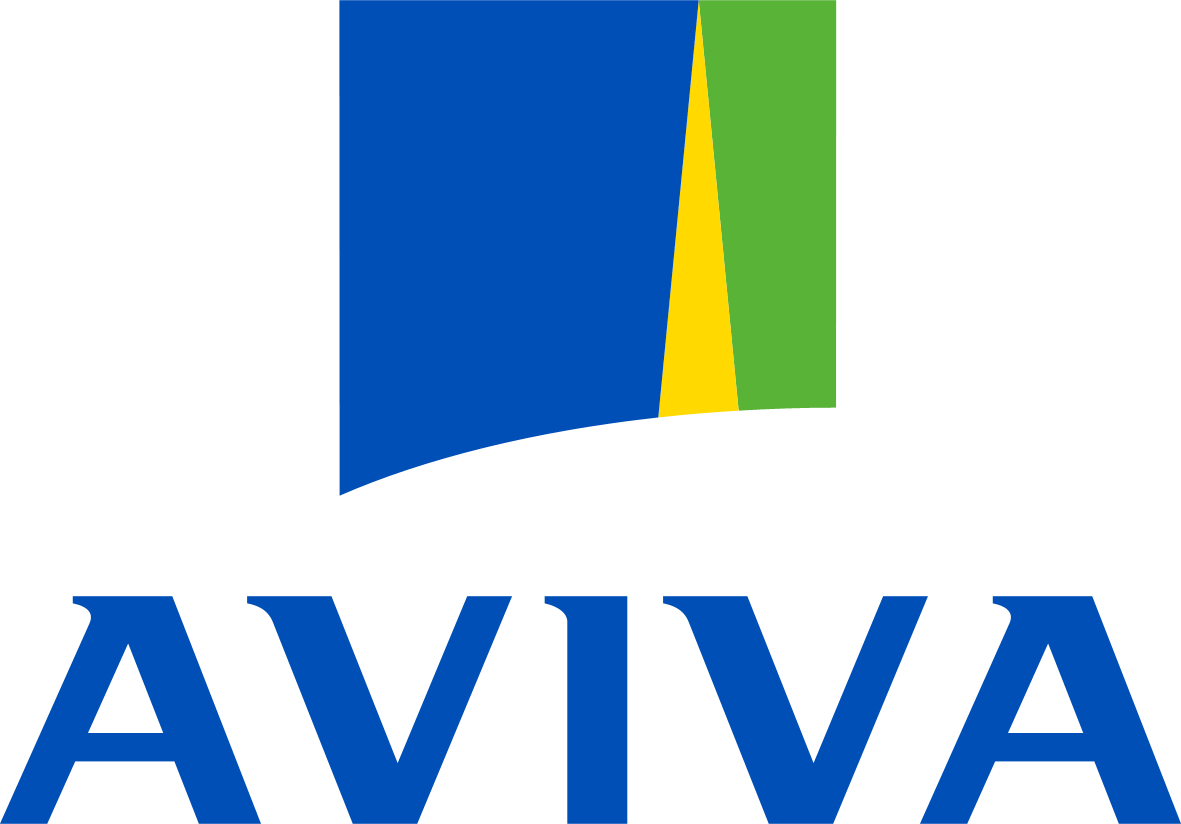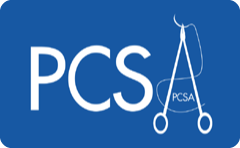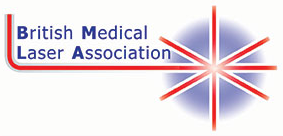 Download this information as a PDF
Download this information as a PDF
Ultraviolet (UV) Blocks To Prevent Skin Cancer and Wrinkles
Put a total “sun block” on the exposed skin (e.g. face, ears, bald patches, neck, hands and feet) every morning in spring, summer and autumn. On hot days reapply the sunblock in the afternoon. Wear your UV block (sunblock) even on the cloudy days, as this will prevent wrinkles better than any expensive cosmetics as well as protecting you from skin cancer. Choose a factor 25 or greater (i.e. the amount of UVB blockage) with a four star maximum UVA rating; e.g. the back of the bottle should have this symbol:

There may be four stars but only three of the four coloured in, indicating a three star rating which is not as good as a four star rating. Remember children’s sun blocks are suitable for adults and vice versa.
Some high factor sun blocks can be thick and difficult to apply so try a few until you find one you like. Lips should also be protected. You should buy a separate high factor lip block or if you are stuck smear some of your body sun block on your lips. It is not normally necessary to buy a separate sun block for your face. Sun blocks that are suitable for the body can usually also be applied to the face. Sunscreens should be used together with other sensible sun protection measures such as;
- Wear a broad rimmed hat
- Wear long sleeves and long trousers or dresses in the sun
- Avoid prolonged exposure to strong sunlight in the middle of the day
- Sit in the shade.
Sunscreens should not be used to allow excessive sunbathing. If you have sensitive skin or skin allergies choose a hypo-allergic, non perfumed, fragrance free sun block; these are also suitable for children as they are less stinging in case you accidentally get some of the sun block in their eyes. Fake tans and make – up are safe but offer little or no sun protection so you need to wear a total sun block as well.
Sun blocks such as “P20” and “Parasol” that do not carry a UVA star rating cannot be recommended.













